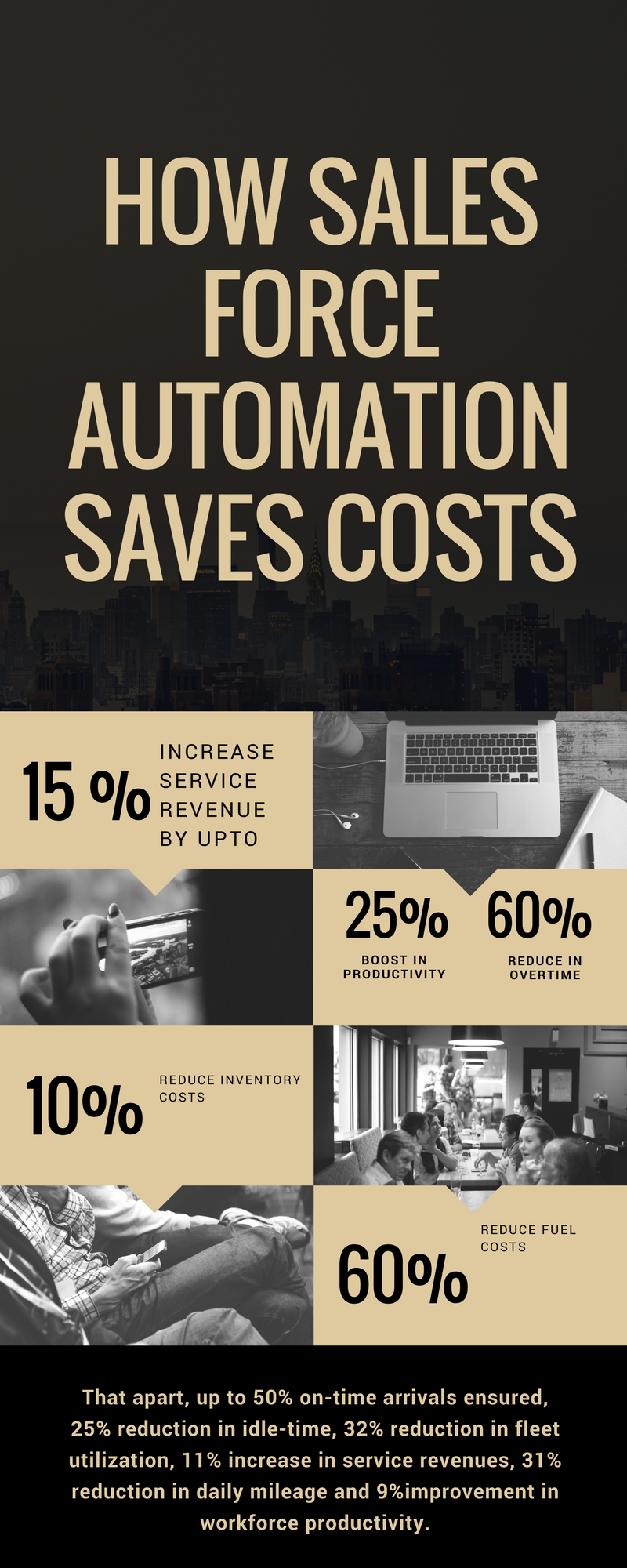
While the saying that an era of automation has cut-down on the need for manpower holds water, the fact that the automation has increased the efficiency and productivity cannot be ignored. Field-force automation is one such term that has been used often for automating the tasks of sales team working on the field so that they can be more productive and organized. One of the main areas of the managers till now was keeping mobile employees organized throughout the day, knowing that everyone is doing his bit and following just the right procedure is all simplified now.
What is Field-force Automation Actually?
Popularly known as FFA, Field force automation is capturing of the field sales or information in real-time. This is done with the help of communication technology typically cell phones, PDAs and other hi-tech devices. This captured data is then moved instantly to the back-end systems like CRM or ERP. Since the data is captured and moved instantly, a lot of time can be saved and the manual data entry errors can also be done away with.
On one hand, where the tasks of those on the field are eased and get accurate, the availability of all the field information in real-time, puts managers in a win-win situation. They can plan the delivery schedules, monitor, manage and reduce inventory. Calling and chasing team on the field for updates is redundant these days, thanks to field-force automation.
Sounds like an exaggeration?
Here are the facts. See the infographic mentioning how automation of the field force helps you in cut costs.

Telecommunication and utility industries are the major beneficiaries of FFA, according to a recent research conducted. These industries have shown at least 20%-30% of productivity when they began to use FFA. To put in the simplest terms, it is a system which enables data capturing and service information. The hassles of physical paperwork and entering the details into the system directly can be done away with.
Back in the office, the technology of GPS tracking and the central dashboards to check out all the ongoing sales activities going on the field. Managers can find out where most of the sales are being made and whether they would hit their targets or not.
How Can The Technology Become A Game-Changer?
For Those Managing:
Since the technology enables leads routing i-e to allow you to distribute your team across various territories using tact, allocate the leads quickly and strategically maximizing the chances of success. The sales process gets speeds up and the agents can make the optimum use of the opportunity. The chances of lost deals can be minimized when the sales begin to close without any hassles and delays.
For The Sales Rep:
All the vital information can be conveyed to them in real-time, run the credit checks and can also tap the order histories of their customers while they are still with their customers. They can make sure that the payment has gone through and email and SMS confirmations have been received. This enhances the customer’s experience with the sales rep.
Hitting lead after lead and sales after sales become possible when 80% of the tasks of your field force gets automated and the paperwork is done away with. At the end of the day, DSR or Daily Sales Report gets created automatically which reduces omissions, inaccuracies and also other errors of the manual creation of the reports. Also, this means time-saving at the productive hours.
In short, FFA or Field force automation is no lesser than a boon both for the managers who have a difficult time monitoring their team when they are out. FFA can also include the modules and options that enable automated invoice generation. And yes, your sales team would now reach the office with half happier than before. Getting away with the workload in the smaller time-frame and with lesser resources is now possible.
You can get through a sizable amount of workload in a small time-frame. This helps you cut costs, boost the efficiency and keep your team agile, productive and make them comply regulations.



